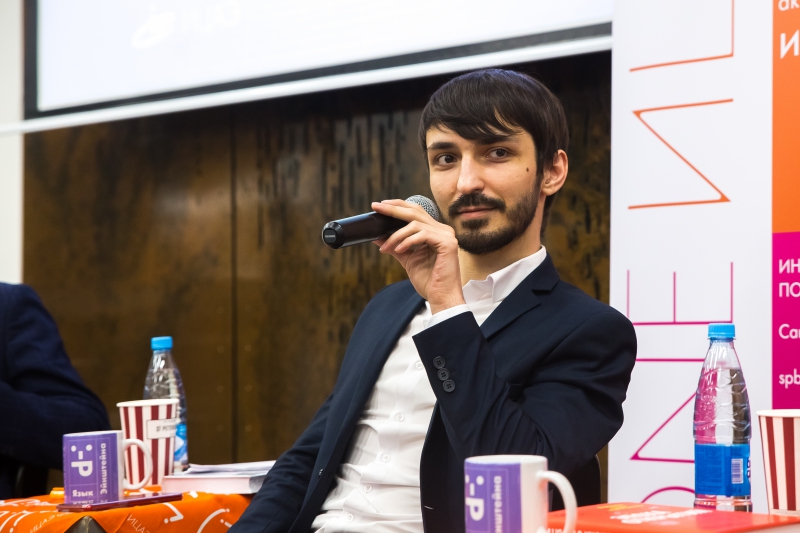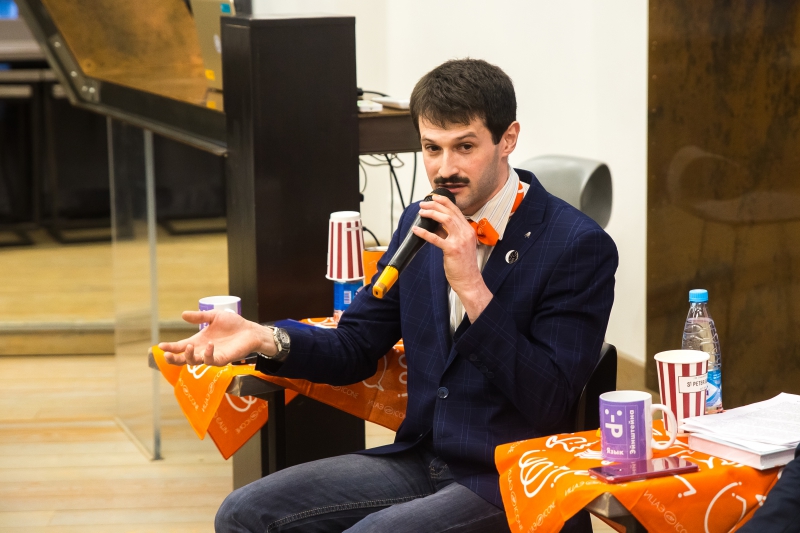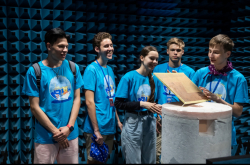Glaciologists may have figured out why some icebergs are green
Mikhail Kurushkin, an associate professor at ITMO University ChemBio Cluster, a PhD in Chemistry:
There are different kinds of icebergs, but they are mostly white because of air bubbles that prevent the absorption of green, red and blue colors, which reflect from the surface, thus producing the white color. However, in Antarctica, there are also emerald green icebergs nicknamed “jadebergs”.
Ever since the 1930s when this phenomenon was first observed, the mystery of turquoise icebergs has always entranced scientists. In the 1990s, glaciologists proposed that the green came from microscopic carbon particles. When integrated into ice, these carbon particles would absorb blue and red light leaving green to be reflected. Later experiments, though, found that the amount of carbon in green icebergs was too low to create the emerald hue. It’s only recently that scientists have discovered iron oxides in a decades-old green ice sample taken from Antarctica. Incorporated into ice, iron oxides reflect reds and oranges but absorb blue light, producing a vibrant green color.

New studies suggest a ninth planet lurking at the edge of the solar system. Its existence is yet to be proven
Dmitriy Epstein, a researcher at the Institute of Theoretical and Applied Mathematics of the Siberian Branch of the Russian Academy of Sciences, a PhD in Physics and Mathematics, and Astronomy teacher:
Up until 2006, there were nine planets in our solar system. In 2006, astronomer Michael Brown downgraded Pluto to a dwarf planet in the aftermath of his discovery of several other minor planets. It was he who together with astronomer Konstantin Batygin proposed the existence of a ninth planet and even calculated its orbit. The new planet is believed to be 5-10 times the size of Earth and it takes it about 20,000 years to orbit the sun. That’s why it’s not so easy to locate and observe the new planet directly. Telescopes are now searching for it.

Once spotted and observed, an object becomes a planet candidate. Planet Nine has recently become one. However, scientists yet have to confirm its existence to turn it into a bona fide planet.
13-year-old American boy Jackson Oswalt has built a nuclear fusion reactor
Pavel Piskarev, the chief designer at the Research Institute of Electrophysical Facilities and a coordinator at ITER:
American teenager Jackson Oswalt became the youngest person ever to achieve nuclear fusion. He had been building his reactor since the age of 12, and on January 19, 2018, just hours before his 14th birthday, he announced that he had finally achieved his mission. This allowed him to beat the record of a 14-year-old American who had already achieved the same result.

Jackson has built a relatively simple fusion device, which smashes atoms together by heating them inside an airless plasma core with 50,000 volts of electricity. The teenager spent around $10,000 on his project; the money was given to him by his father after he made sure that there was no risk of electrical injury or radiation.
NASA “buried” the Opportunity Mars rover
Dmitriy Epstein:
Since June 2018, NASA has been unable to receive a signal from its damaged rover. Launched in 2003, Opportunity ceased communication after a severe dust storm, which had covered the craft’s solar panels. After a last failed attempt to make contact on February 12, the mission was brought to an end.
Opportunity not only completed its mission purpose but went beyond its expected work. During its time on Mars, the rover traveled over 40 kilometers, analyzing the planet’s rocks and soil, as well as making important discoveries. One of its biggest achievements is that it discovered that there was water on Mars.

Six countries and the EU are involved in the ITER project
Pavel Piskarev:
ITER (International Thermonuclear Experimental Reactor) is the world’s largest international nuclear fusion research and engineering project and an experimental tokamak nuclear fusion reactor. A tokamak is a device that uses a powerful magnetic field to confine hot plasma in the shape of a torus in order to produce controlled thermonuclear fusion power.

The idea of ITER as an international experiment was first proposed in the 1980s. The project has been active since 2007 and is run by seven members: the European Union, India, Japan, China, Russia, South Korea, and the United States. The EU is contributing about 30% of the cost, with the other six parties, Russia included, contributing approximately 10 percent each.




